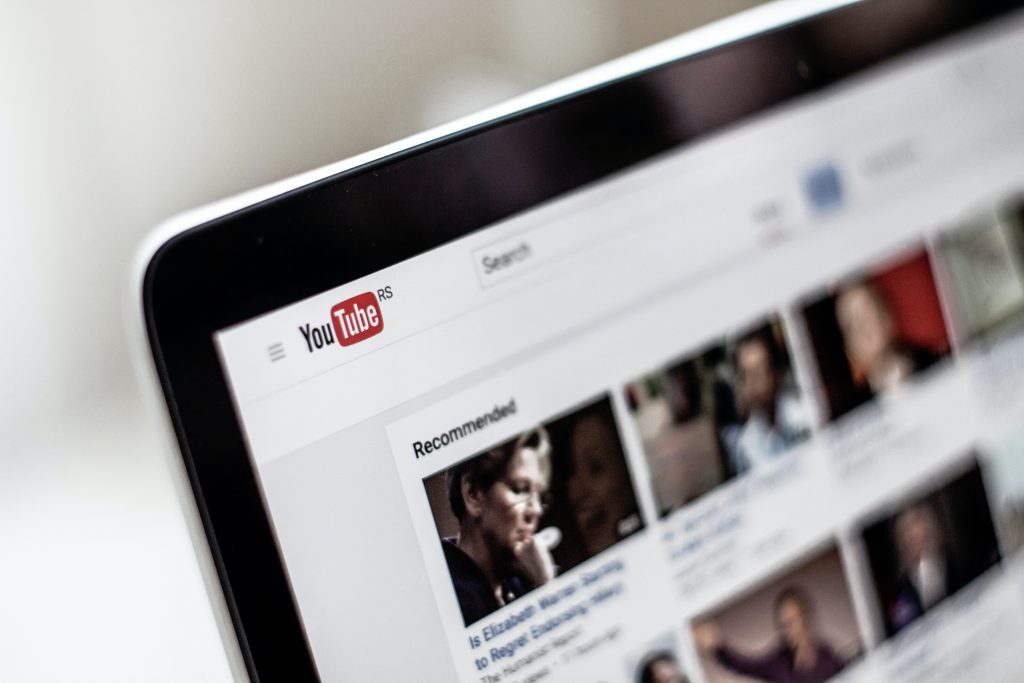
YouTube began monetizing videos in 2008, meaning that creators could make money off of their content. For some creators, YouTube is their only source of income. Quarantine is a gold mine for these creators because they can continue to make content from their homes in addition to receiving more views and ad revenue due to people having nothing else to do. However, not everything is rosy for these creators.
YouTube has a feature where users can report certain videos for offensive content, which can include phobic dialect (racism, homophobia, etc), foul language, reckless acts, violence, nudity, the list goes on. It used to be that human employees at YouTube would comb through flagged videos and determine whether or not the video should remain up, be taken down or be demonitized, meaning that the creator would not make any money off that particular video. For creators whose only career is YouTube, that can mean receiving no income until another video is created and monetized.
Since stay-at-home orders were issued, YouTube has replaced the human filters with artificial intelligence (AI). These AI are given buzz words to search for, and if those words or phrases are detected by the AI, the flagged videos are automatically demonetized or removed with little consideration. This was the reality of YouTube, as was discussed by channels like the Game Theorists, the Try Guys, Kurtis Conner and many more. After a large amount of backlash regarding this change, YouTube has since altered their policy so videos can mention COVID-19 with less fear of demonetization. However, the situation has caused freedom of speech in the media to be reevaluated. Why would YouTube demonetize COVID-19? Why should we care?
TechCrunch commented on the policy, stating that “YouTube was putting a damper on informative, newsworthy videos as well as those capitalizing on the human tragedy and people’s fears about the emerging pandemic.”
This perfectly encapsulates the mood of the creator community when videos about COVID-19 began circulating.
Some creators made videos about how quarantine has affected their daily lives and urged their viewers to stay home (#StopTheSpread, for example). These types of videos were considered helpful, akin to videos that were providing factual information about the spread of the virus as well as preventative measures and news updates.
However, there was a darker side to COVID-19 content that really brought out the worst in people. Some prank channels made videos where they pranked their viewers or loved ones into believing they had caught COVID-19, making fun of the tragic conversation some people are having in reality. Other channels made videos that were reporting false information about the virus, ultimately spreading panic and fear among their viewers.
This is the content YouTube wanted to avoid when they demonetized COVID-19. In doing so, however, they also stopped helpful and less problematic videos from making money, harming those creators while also censoring those who truly deserved it. So, was YouTube in the right for making this policy?
My answer is that there is no answer. There is no perfect response to this. If YouTube had kept their human filters, perhaps this would have been avoided. But if they had done that, they would have been risking the lives of those workers – so that’s not an option. They could have completely removed all filters, but that would seriously damage the company’s reputation by allowing unfiltered content.
That leaves us with AI, which we all know isn’t perfect or foolproof. AI doesn’t have the capacity to determine whether or not a video is harmful or helpful when two videos share the same sort of content. If they hadn’t changed the policy to allow COVID-19 content, it’s very likely some creators would have left the platform. Allowing COVID-19 content will create some amount of misinformation to circulate, but that is unavoidable if YouTube wants to avoid a scandal and allow the helpful creators to monetize their videos.
With this to consider, I really can’t blame YouTube for their actions. There’s no precedent for a pandemic of this scale. We’re all learning how to cope with this. The only people we can blame are the channels that are making harmful content about the virus, but there’s very little to be done about that except just deciding to not watch their videos.
